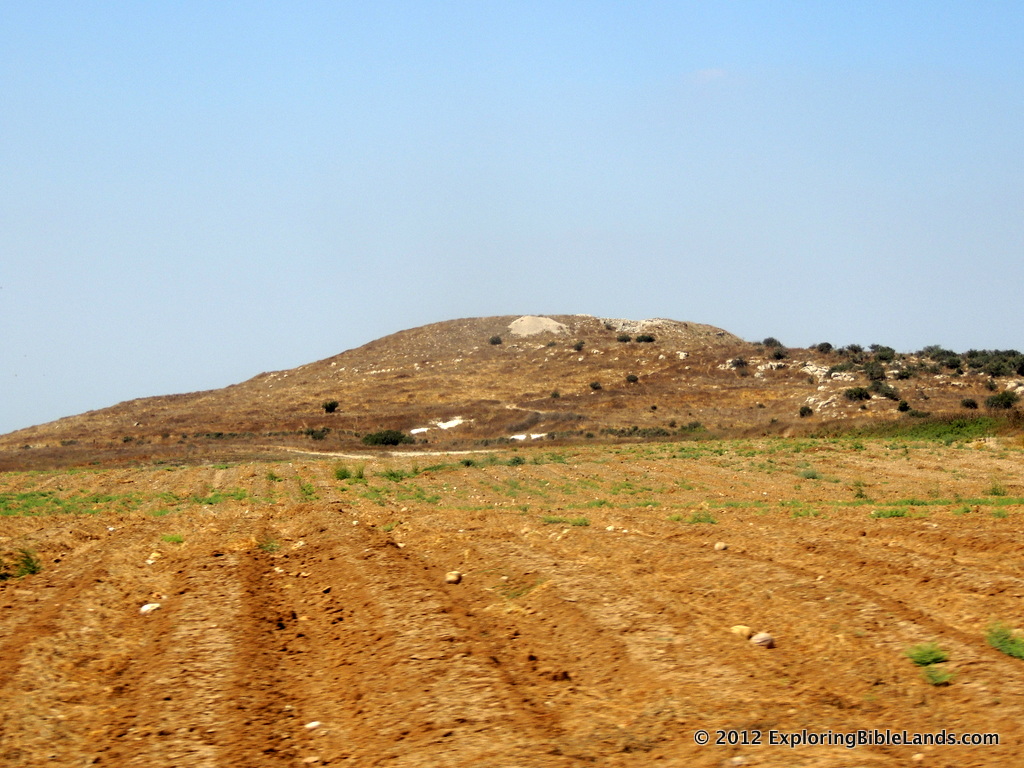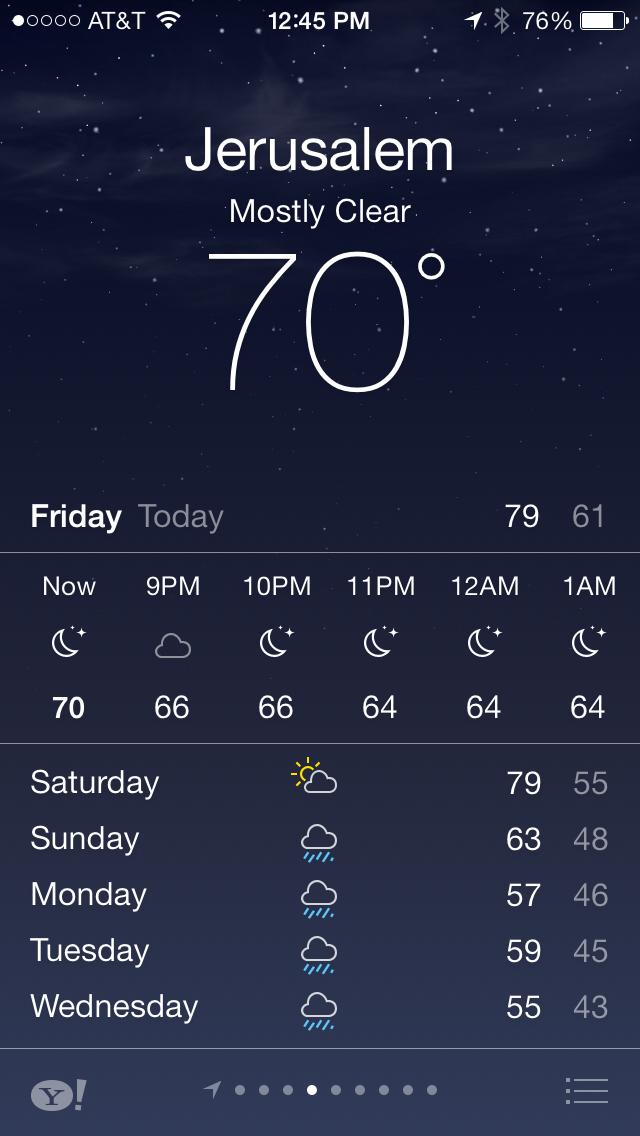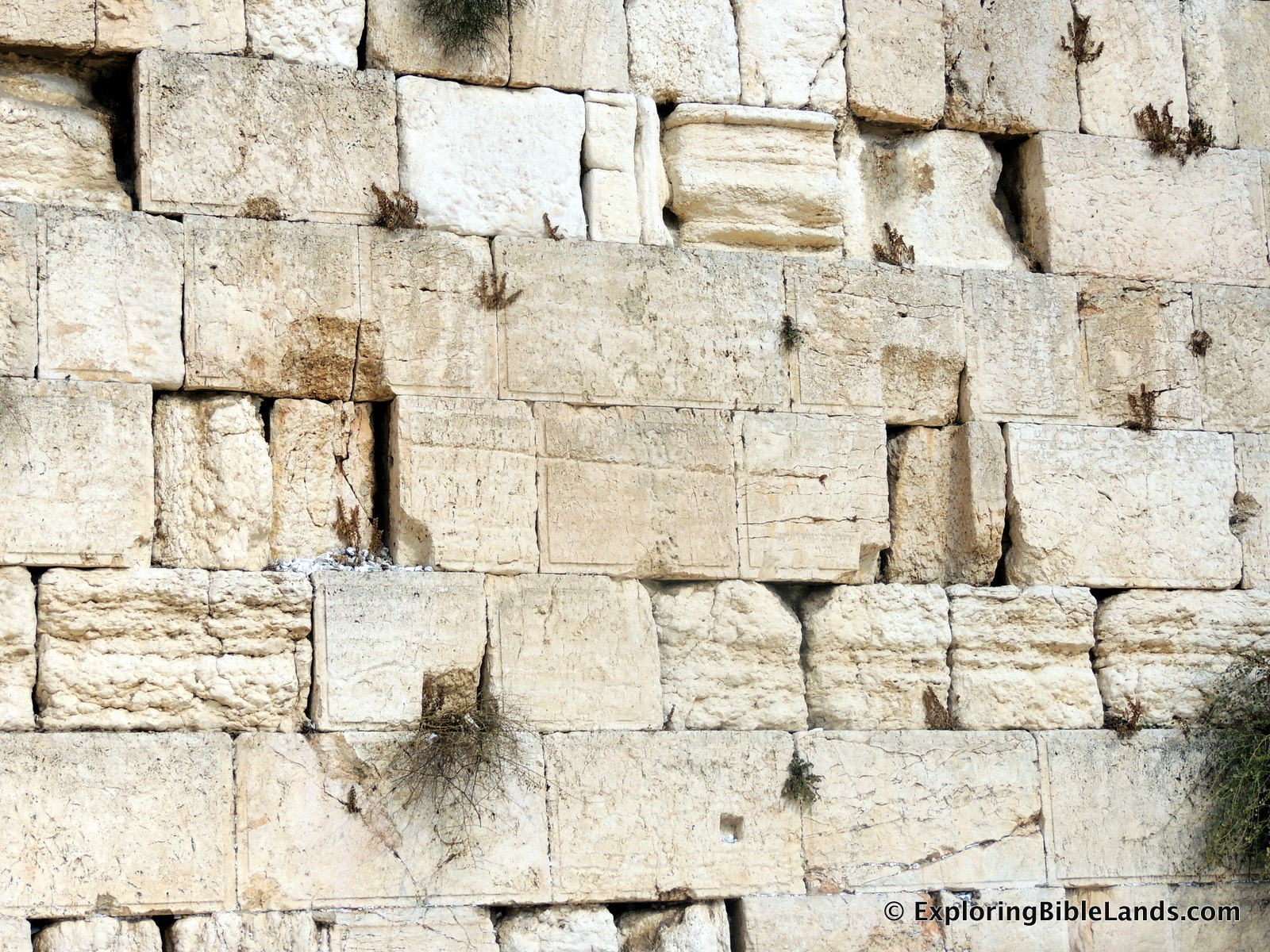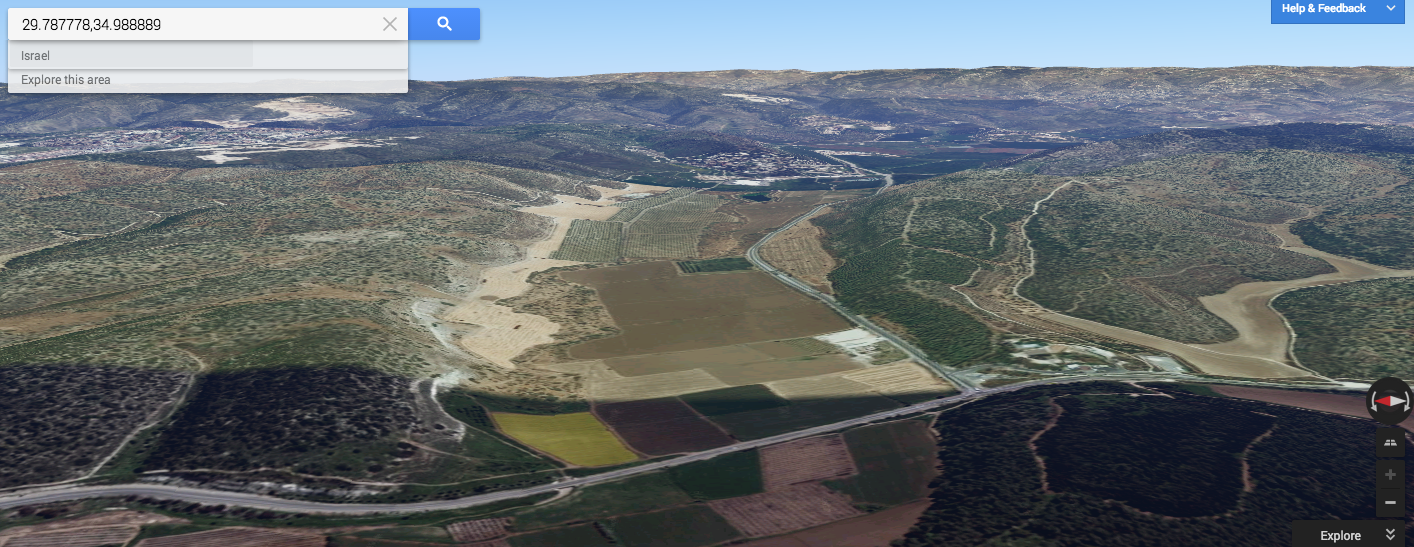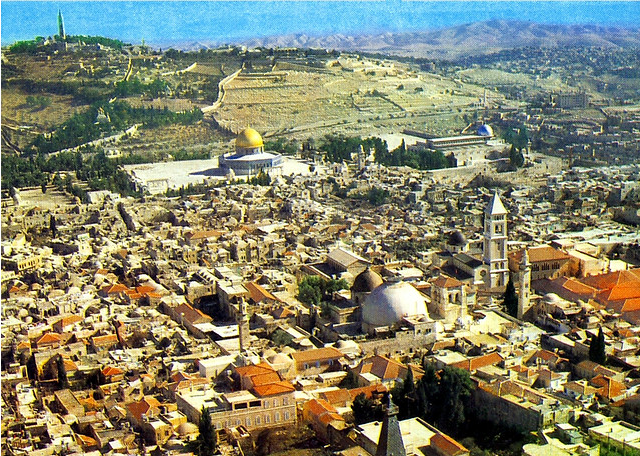Last week, I was teaching a Bible class and reread a passage that I have read a number of times.
He [Jesus] also told this parable to some who trusted in themselves that they were righteous, and treated others with contempt: “Two men went up into the temple to pray, one a Pharisee and the other a tax collector. The Pharisee, standing by himself, prayed thus: ‘God, I thank you that I am not like other men, extortioners, unjust, adulterers, or even like this tax collector. I fast twice a week; I give tithes of all that I get.’ But the tax collector, standing far off, would not even lift up his eyes to heaven, but beat his breast, saying, ‘God, be merciful to me, a sinner!’ I tell you, this man went down to his house justified, rather than the other. For everyone who exalts himself will be humbled, but the one who humbles himself will be exalted.” - Luke 18:9-14
The topography of Jerusalem during the first century consisted of a series of hills and valleys. One of the highest hills in town was the location of the Temple Mount, a huge platform constructed by King Herod. Knowing this topography helps you to understand the exact language Jesus used in telling this parable. He states that two men "went up to the temple" before "going down to their house".
Interesting.
I'm looking forward to leaving for a Bible Study tour of Israel in just a little over a week. I have a group going with me and we have a great schedule planned. You can follow our travels by signing up to receive my blog at http://www.exploringbiblelands.com or by following us on Facebook.














